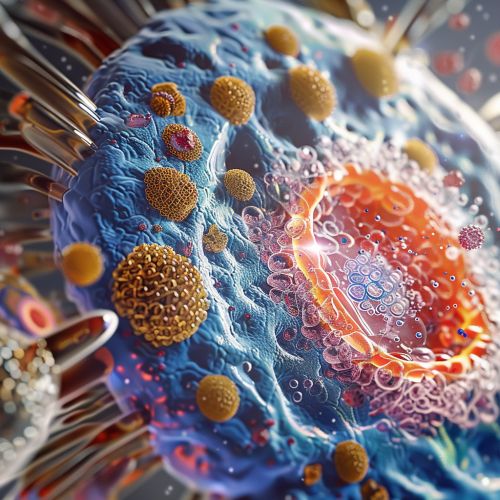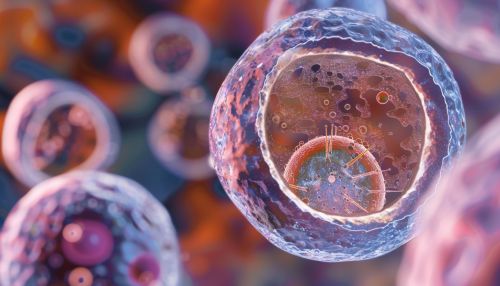Eukaryotes
Overview
Eukaryotes are organisms whose cells have a nucleus enclosed within a nuclear envelope. This is in contrast to the Prokaryotes, which lack a nucleus. Eukaryotes represent a tiny minority of all living things. However, due to their generally much larger size, their collective worldwide biomass is estimated to be about equal to that of prokaryotes. Eukaryotes are a highly diverse group, and their cell structures are likewise highly variable. The features that all eukaryotes have in common are relatively few.
Characteristics
Eukaryotic cells are larger than prokaryotic cells and have a “true” nucleus, membrane-bound organelles, and rod-shaped chromosomes. The nucleus houses the cell’s DNA and directs the synthesis of proteins and ribosomes, the latter of which are comprised of protein and RNA.


Origin and Evolution
The origin of the eukaryotic cell is a milestone in the evolution of life, since eukaryotes include all complex cells and almost all multicellular organisms. The timing of this series of events is hard to determine; Knoll suggests they developed approximately 1.6–2.1 billion years ago. Some acritarchs are known from at least 1.65 billion years ago, and the possible alga Grypania has been found as far back as 2.1 billion years ago.
Classification
Eukaryotes are classified into three domains: the Protista, the Plantae, and the Animalia. Protists are eukaryotic organisms that cannot be classified as a plant, animal, or fungus. They are usually single-celled and microscopic. The plant and animal kingdoms are both examples of eukaryotic organisms that can form large, complex multicellular organisms.
Structure and Function
The defining feature of eukaryotic cells is that they are composed of compartments, each of which carries out a specific function. These compartments, or organelles, include the nucleus, mitochondria, endoplasmic reticulum, Golgi apparatus, and lysosomes.
Reproduction
Eukaryotes can reproduce both sexually and asexually. The process of sexual reproduction in eukaryotes involves meiosis, a reduction division in which the number of chromosomes is halved. During fertilization, two gametes fuse to create a new organism. Asexual reproduction in eukaryotes can occur through budding, fragmentation, or the division of a parent cell.
